
Each year, Montblanc, a brand synonymous with excellence in writing implements, awards the Montblanc de la Culture Arts Patronage award, which praises a modern patron, a person who pays artists and has an interest in forwarding the arts and culture. Along with the award, each year, a special edition of their fountains pens is presented, the Montblanc Patron of Art Edition, which commemorates an historic patron who favoured the arts in his or her own time. This year, the special edition pays homage to the late Aztec emperor Moctezuma Ilhuicamina or Moctezuma I, regent of the Mexica Empire in 1440. He is recognized as responsible of the glory of the Aztec capital, the great city of Tenochtitlan, where he built botanic gardens and renovating the Templo Mayor, the great central temple of the city, located in the heart of modern Mexico City. Honouring these great feats, Montblanc presents the Patron of Art Homage to Moctezuma.
Four different versions of this beautiful pen are available, each with its own characteristics and special details, while all sharing a common design. Styled after the atlatl, an antique weapon used as a blowgun by the ancient Aztecs, each one of the pen designs features high quality and luxury. All the pen caps are finished with a special golden plaque textured as if it was covered in strings, just like the original weapon.
Limited edition 4810 takes the concept of Moctezuma as a great warrior and uses his battle garments as an inspiration, featuring petrol and carmine, typical colours in the Mexica culture. The cap is adorned in Aztec symbols taken directly from the Mendoza Codex, a surviving document showing the Aztec way of life. The symbols presented state the dates in which Moctezuma I ruled, while the clip is styled after a quetzal feather, the sacred Mesoamerican bird, and set with a red stone. The cone-shaped posterior part of the body has a hammered look, in reference to the obsidian knives used in Aztec ritual practices. The Montblanc emblem is made of precious resin and placed in the middle of the cap, engraved with the Aztec Sun Stone, a tribute to the intricate Aztec architecture. The pen tip is handmade in solid Au 750 gold, engraved with the glyph for Tenochtitlan: a cactus with a royal crown and two paper scrolls.



Model 888 features carmine and turquoise, privileged colours for the Mexica culture, and used by royalty. Crafted in Ag 925, the cap presents engravings of Moctezuma’s weapons and traditional ornaments. The pen body is lacquered in turquoise and emblazoned with patterns reminiscent of Moctezuma’s mantle, interrupted by four solid gold lines representing the four cardinal points. Styles as a quetzal feather, the clip is embedded with green jade, while the cone rear and the front of the pen are both made of the same silver as the cap, decorated with solid Au 750 gold. The pen tip is handmade and engraved with the Tenochtitlan symbol, while the Montblanc emblem is made in delicate pearl, right in the middle of the Sun Stone decoration.
The next edition is limited to 87 pieces, a call back to the year in which the Templo Mayor was declared Heritage of Humanity by UNESCO, 1987. Decorated in turquoise, de design reminds of crafts and jewellery elaborated in a mosaic fashion. The pen cap is handmade, giving the mosaic an authentic feeling and making each piece unique. Decorated with solid gold, the central motif in the cap represents the creation legend of the Fifth Sun in the Aztec cosmovision. This edition has its gold specially treated to appear worn to appear as if it was just uncovered at an archaeological site. Four golden lines cross the body, carved in a pattern akin to the old temples’ staircases. It is made of precious cocobolo wood, a highly prized Mesoamerican tree, traditionally used in the confection of atlatl. The Montblanc emblem is made in pearl while the pen tip is handmade in solid gold, emblazoned with the Aztec glyph for “heart” and another one representing Moctezuma’s second name, Ilhuicamina: he who fires an arrow at the sky.
The most exclusive edition is limited to just 8 pieces and is inspired by “the stone of Moctezuma”, an artefact retrieved form Templo Mayor in 1988. The cap is made in solid gold and is embedded with diamonds, garnets, green tsavorites and sapphires. This delicate masterpiece is engraved with the figure of Huitzilopochtli, the Aztec Sun god, eagle symbols, and a cactus which represent the city of Tenochtitlan and its foundation myth. Two-headed snakes representing fertility and renovation are also featured in the cap, which aims to evoke the glory of Moctezuma I and his ascension to the throne. The body is made in red jasper, a hint to the Mexica human sacrifices of fable, enriched with solid gold and the clip is set with a small green jade stone. The cap is finished with a Montblanc diamond, right in the centre of the Sun Stone.
Along with the fountain pens, which are better described as pieces of art made writing device, Montblanc launches a commemorative Stationery notebook clad in red Saffiano leather, decorated with Mexica motifs, and a special edition turquoise ink inspired in the jewellery and garments of the late Aztec emperors.
Montblanc is a brand with a pioneering spirit ever since its establishment in 1906. Always being an important actor in the development of writing and culture, Montblanc has always transcended barriers and favoured artisanal handiwork as the best example of high-quality. This idea is prevalent in al their products, from watches, leather articles, fragrances, glasses and of course luxury writing implements. Each product is made with high detail and care, regardless of the atelier they originate from: Hamburg, Le Locle, Villeret or Florence, each piece has a great legacy behind it. The mission has always been the same: create companions for life out of the most innovative of ideas. As part of Montblanc’s initiatives to promote and forward the arts and culture, this iteration of the Patron of the Arts, with its delicate design details, tells the story of the great Emperor Moctezuma I and his overall impact on human culture as a whole.

Photos: courtesy.


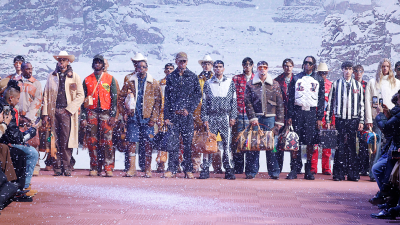

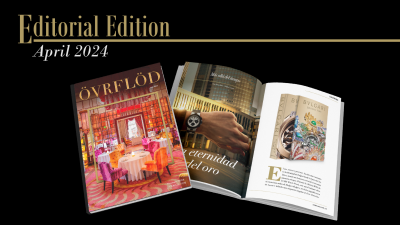
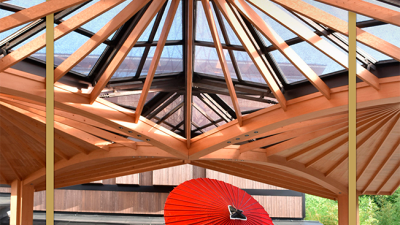

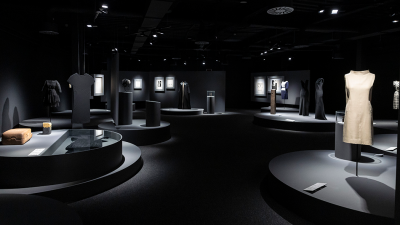
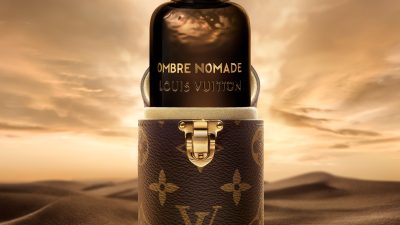
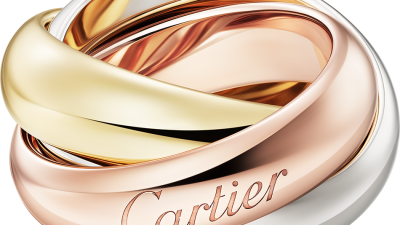

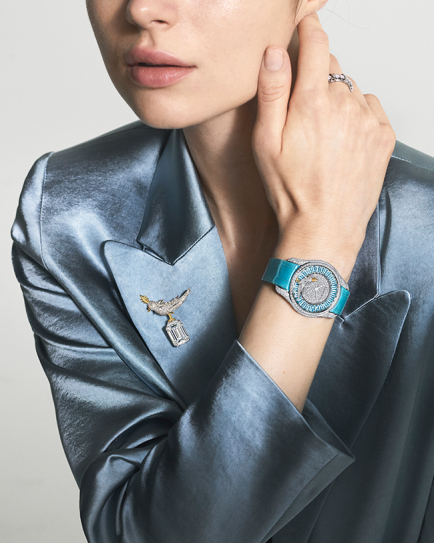
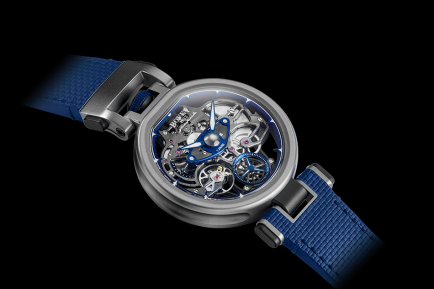
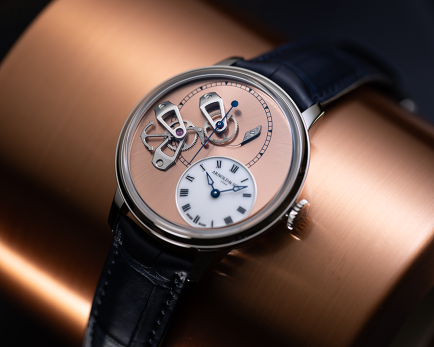
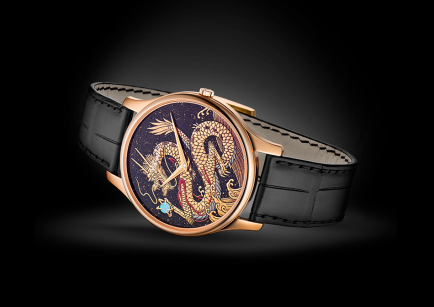
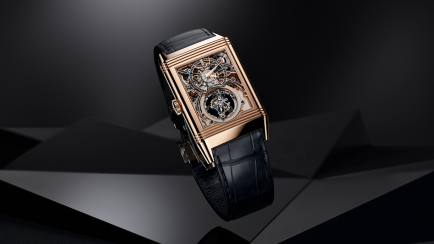
Comments